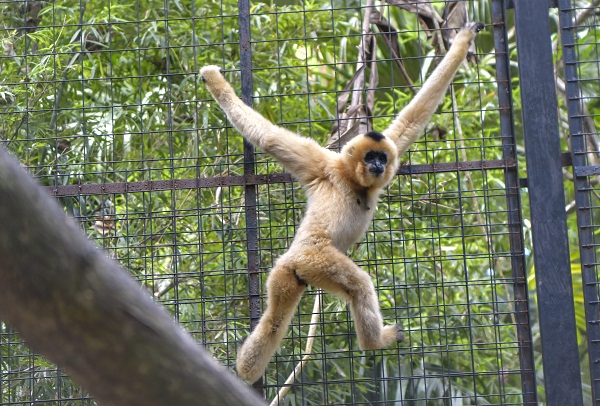
Hainan gibbons sit in the trees at Bawangling National Nature Reserve in South China's Hainan province. [Photo/IC]
A delegation from South China's Hainan province will attend the second stage of the 15th meeting of the Conference of the Parties to the Convention on Biological Diversity (COP15) in Montreal, Canada from Dec 7 to 19. They will share the progress that has been made in protecting the biodiversity of Hainan's tropical rainforests and seek future international cooperation in conservation.
According to China's Ministry of Ecological Environment, seven provinces and cities across the country will hold themed activities at China's Pavilion during COP15. The activities include "Hainan Day", which is set for Dec 13, Montreal Time.
Exhibitions and other activities held on "Hainan Day" will feature the many plants and animals of the island, as well as the traditional culture of the Li and Miao people who live in harmony with their tropical rainforest homes. There will also be information on Hainan's conservation efforts, such as how the island is pursuing sustainable development while protecting rare, endangered, and local species through the establishment of a national park within the province.
Meanwhile, a workshop is also scheduled to be held on "Hainan Day", during which a joint global gibbon conservation alliance declaration will be made by the Hainan Tropical Rainforest National Park Research Institute, the Species Survival Commission of International Union for Conservation of Nature (IUCN), and other institutions from China and around the world. Academic reports on the measures and progress made in protecting Hainan gibbons and other species in the Hainan Tropical Rainforest National Park will also be given by leading scholars and experts from China and other countries.
As a United Nations conference with the theme of ecological culture, COP-15 will welcome 196 governments from around the globe to sit together and come to an agreement on a new set of goals and targets that will guide global action on biodiversity in 2030.